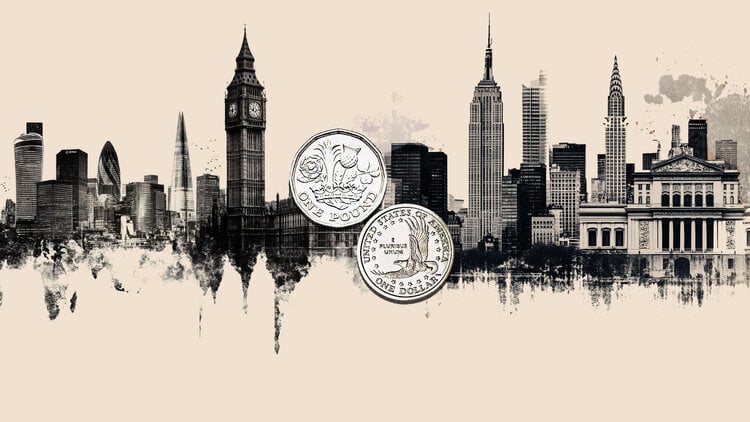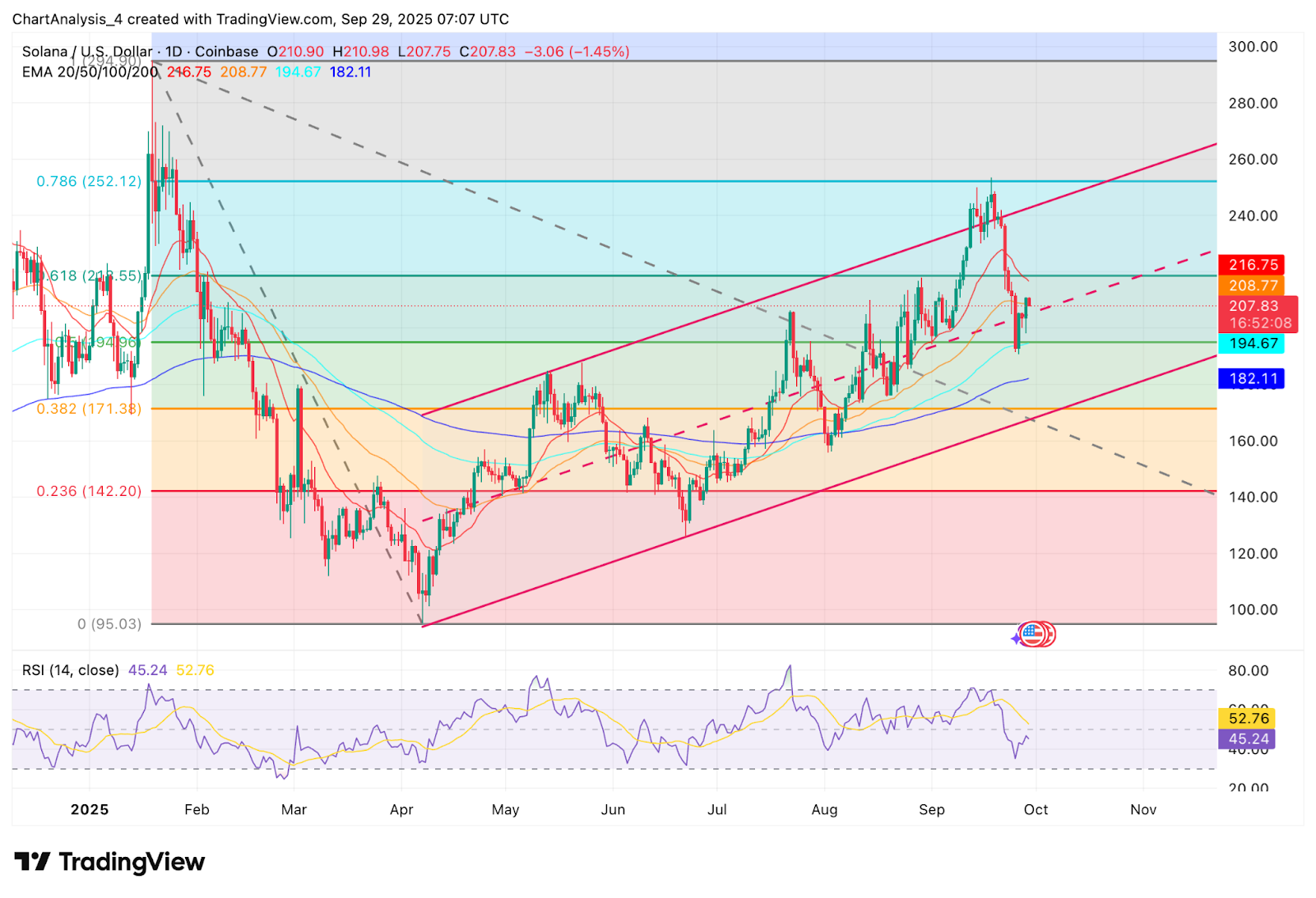Category: Forex News, News
Pound Sterling rebounds but remains below key resistance
- GBP/USD holds comfortably above 1.3400 in the European session on Monday.
- The renewed US Dollar weakness helps the pair stretch higher.
- Market participant will keep a close eye on political developments in the US.
GBP/USD builds on Friday’s gains and trades in positive territory comfortably above 1.3400 in the European morning on Monday. The pair’s technical outlook is yet to point to a bullish reversal in the short term.
Pound Sterling Price Today
The table below shows the percentage change of British Pound (GBP) against listed major currencies today. British Pound was the strongest against the US Dollar.
| USD | EUR | GBP | JPY | CAD | AUD | NZD | CHF | |
|---|---|---|---|---|---|---|---|---|
| USD | -0.17% | -0.33% | -0.61% | -0.11% | -0.31% | -0.04% | -0.16% | |
| EUR | 0.17% | -0.17% | -0.59% | 0.05% | -0.15% | 0.12% | -0.00% | |
| GBP | 0.33% | 0.17% | -0.34% | 0.22% | -0.04% | 0.29% | 0.17% | |
| JPY | 0.61% | 0.59% | 0.34% | 0.53% | 0.34% | 0.44% | 0.50% | |
| CAD | 0.11% | -0.05% | -0.22% | -0.53% | -0.16% | 0.07% | -0.05% | |
| AUD | 0.31% | 0.15% | 0.04% | -0.34% | 0.16% | 0.26% | 0.14% | |
| NZD | 0.04% | -0.12% | -0.29% | -0.44% | -0.07% | -0.26% | 0.03% | |
| CHF | 0.16% | 0.00% | -0.17% | -0.50% | 0.05% | -0.14% | -0.03% |
The heat map shows percentage changes of major currencies against each other. The base currency is picked from the left column, while the quote currency is picked from the top row. For example, if you pick the British Pound from the left column and move along the horizontal line to the US Dollar, the percentage change displayed in the box will represent GBP (base)/USD (quote).
The US Dollar (USD) struggles to find demand at the beginning of the week as the deadline for the US government shutdown looms.
United States (US) President Donald Trump will meet with top congressional leaders from both parties later in the day to finalize a funding deal and avoid a shutdown. Senate Minority Leader Chuck Schumer reportedly demands the funding bill to contain an extension of the enhanced Affordable Care Act premium subsidies to get his party’s support to pass the spending package.
In the absence of high-impact macroeconomic data releases, investors will scrutinize political developments in the US. In case markets grow optimistic about lawmakers funding the government beyond September 30, the USD could stage a rebound and cause GBP/USD to lose its traction. Conversely, the USD could stay under bearish pressure if no deal is reached moving towards the deadline.
On Tuesday, the UK’s Office for National Statistics will publish a revision to the second-quarter Gross Domestic Product (GDP) growth data.
GBP/USD Technical Analysis
The Relative Strength Index (RSI) indicator on the 4-hour chart stays slightly above 50, while GBP/USD continues to trade below the 100-period and the 200-period Simple Moving Averages (SMAs). Additionally, GBP/USD stays below the 20-day, 50-day and 100-day SMAs, reflecting a lack of bullish momentum.
On the downside, the first support area could be spotted at 1.3410-1.3400 (Fibonacci 50% retracement of the latest uptrend, round level) ahead of 1.3330 (static level) and 1.3300 (round level). Looking north, resistance levels could be seen at 1.3470-1.3475 (50-day SMA, Fibonacci 38.2% retracement), 1.3490-1.3500 (100-day SMA, 20-day SMA, 200-period SMA) and 1.3550 (Fibonacci 23.6% retracement).
Pound Sterling FAQs
The Pound Sterling (GBP) is the oldest currency in the world (886 AD) and the official currency of the United Kingdom. It is the fourth most traded unit for foreign exchange (FX) in the world, accounting for 12% of all transactions, averaging $630 billion a day, according to 2022 data.
Its key trading pairs are GBP/USD, also known as ‘Cable’, which accounts for 11% of FX, GBP/JPY, or the ‘Dragon’ as it is known by traders (3%), and EUR/GBP (2%). The Pound Sterling is issued by the Bank of England (BoE).
The single most important factor influencing the value of the Pound Sterling is monetary policy decided by the Bank of England. The BoE bases its decisions on whether it has achieved its primary goal of “price stability” – a steady inflation rate of around 2%. Its primary tool for achieving this is the adjustment of interest rates.
When inflation is too high, the BoE will try to rein it in by raising interest rates, making it more expensive for people and businesses to access credit. This is generally positive for GBP, as higher interest rates make the UK a more attractive place for global investors to park their money.
When inflation falls too low it is a sign economic growth is slowing. In this scenario, the BoE will consider lowering interest rates to cheapen credit so businesses will borrow more to invest in growth-generating projects.
Data releases gauge the health of the economy and can impact the value of the Pound Sterling. Indicators such as GDP, Manufacturing and Services PMIs, and employment can all influence the direction of the GBP.
A strong economy is good for Sterling. Not only does it attract more foreign investment but it may encourage the BoE to put up interest rates, which will directly strengthen GBP. Otherwise, if economic data is weak, the Pound Sterling is likely to fall.
Another significant data release for the Pound Sterling is the Trade Balance. This indicator measures the difference between what a country earns from its exports and what it spends on imports over a given period.
If a country produces highly sought-after exports, its currency will benefit purely from the extra demand created from foreign buyers seeking to purchase these goods. Therefore, a positive net Trade Balance strengthens a currency and vice versa for a negative balance.
Written by : Editorial team of BIPNs
Main team of content of bipns.com. Any type of content should be approved by us.
Share this article:










